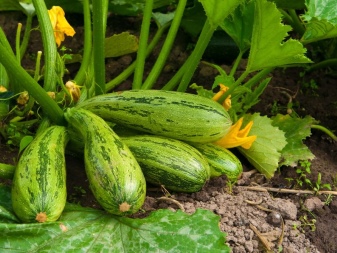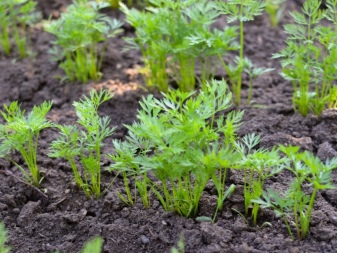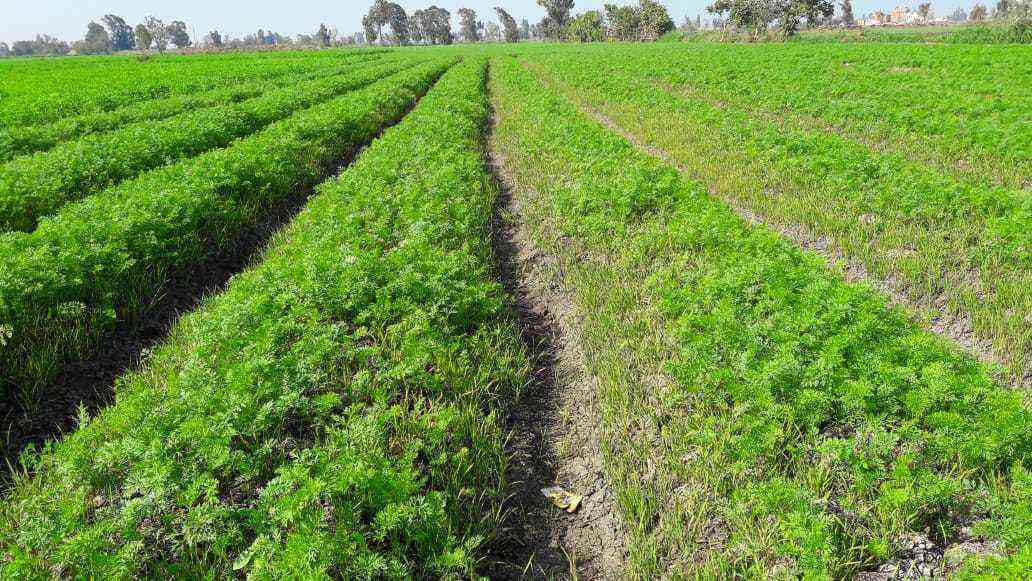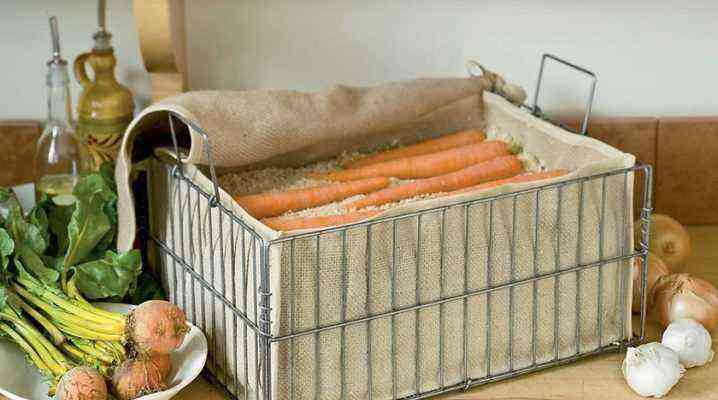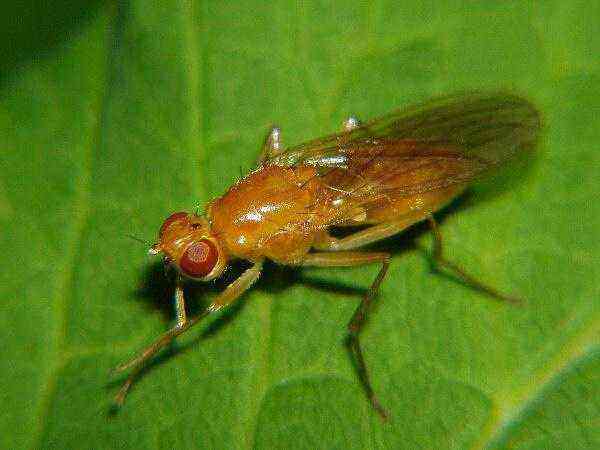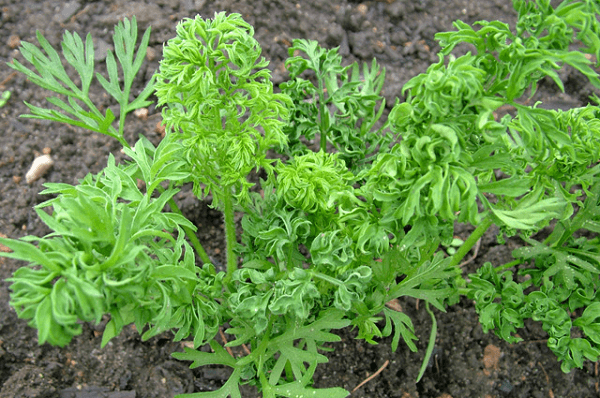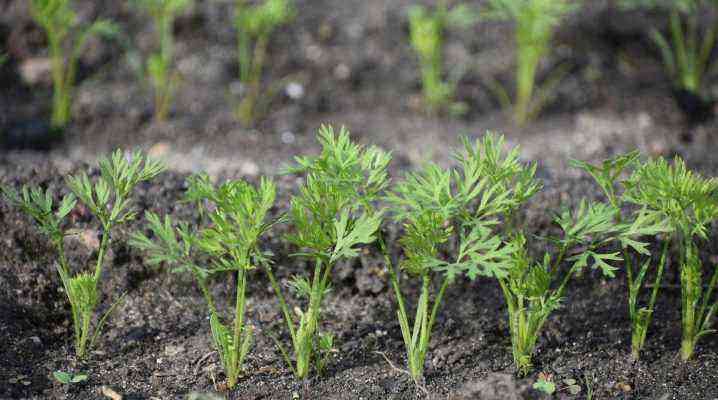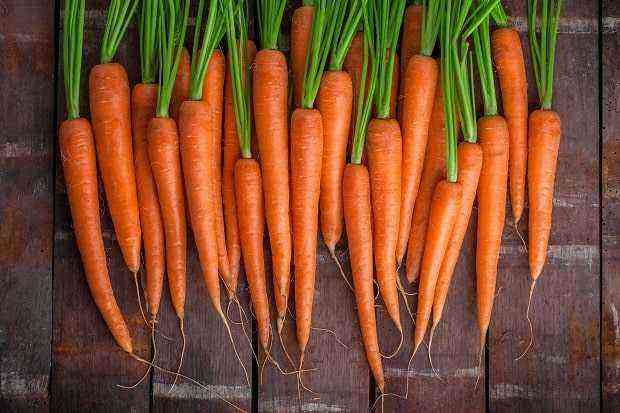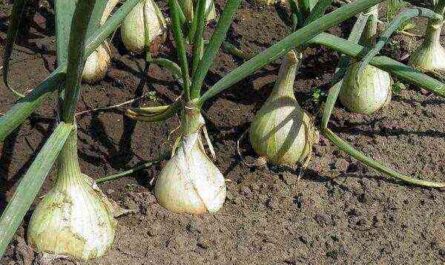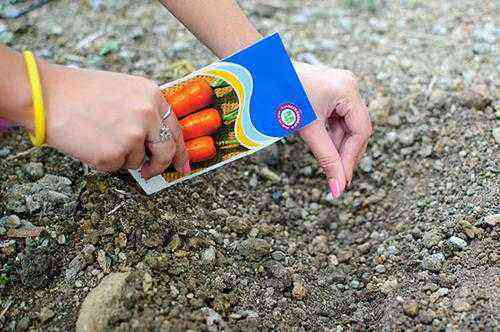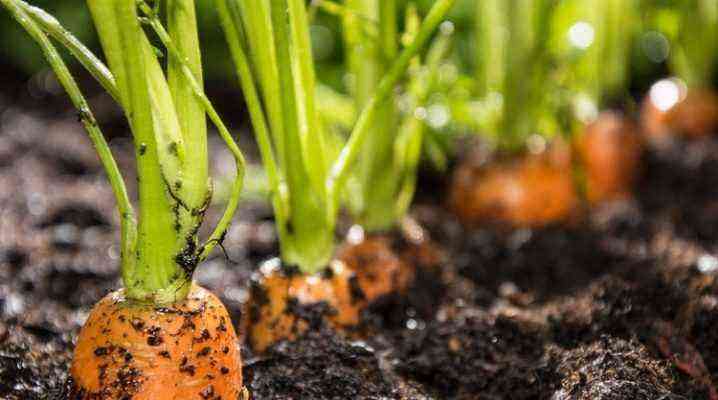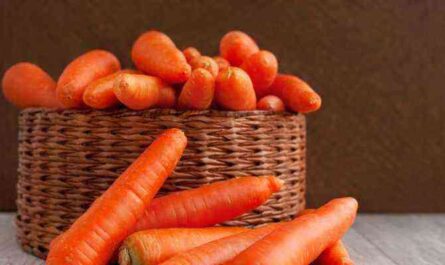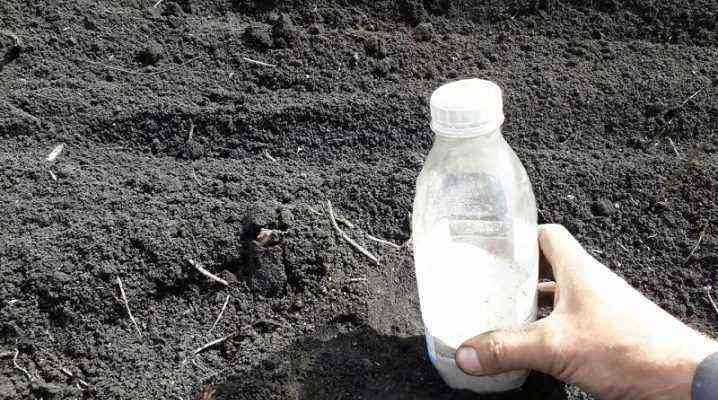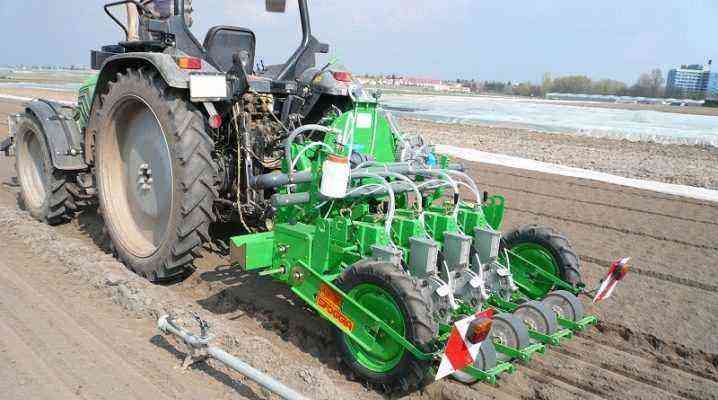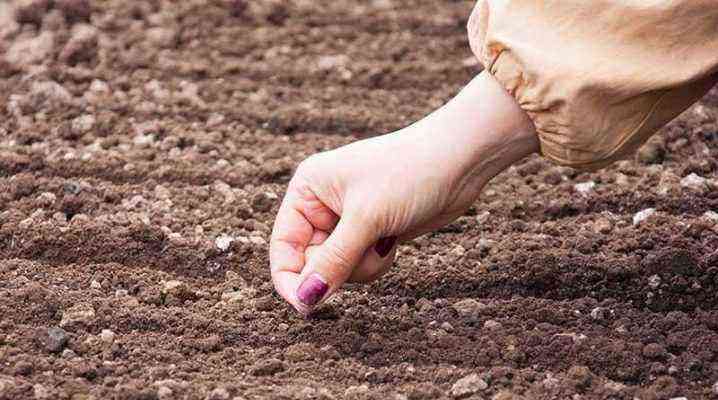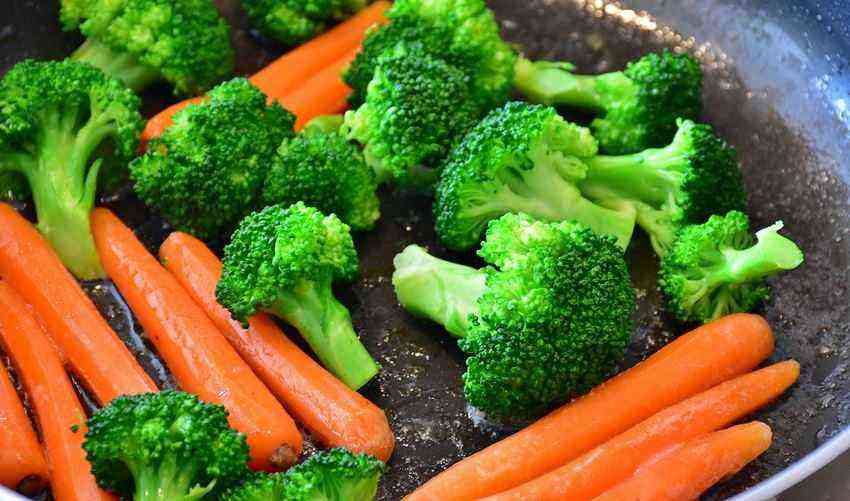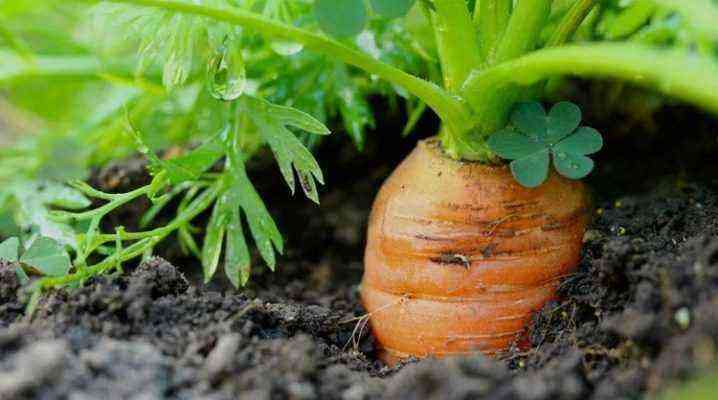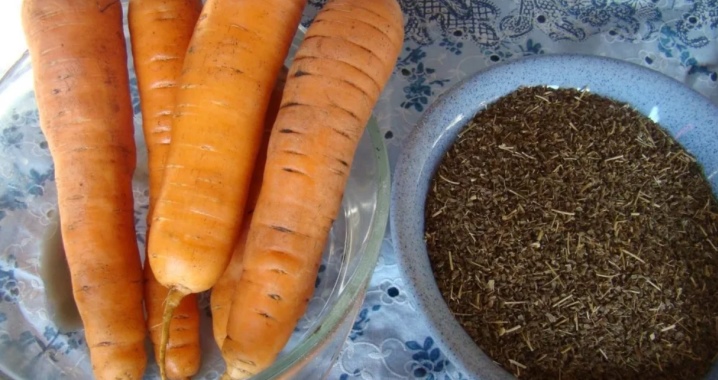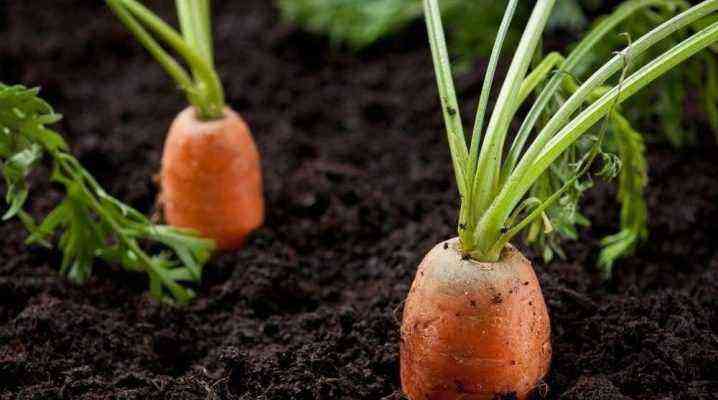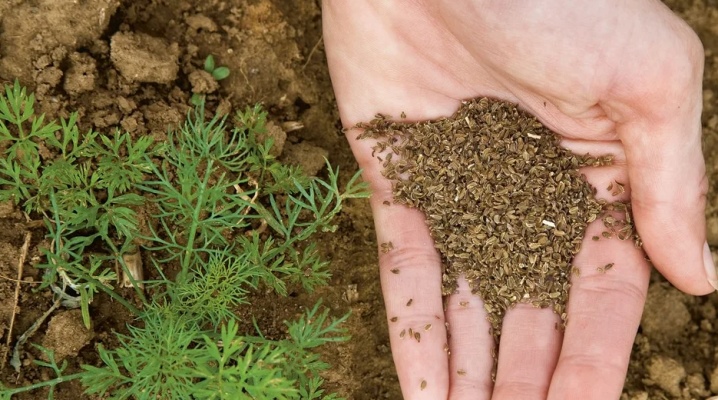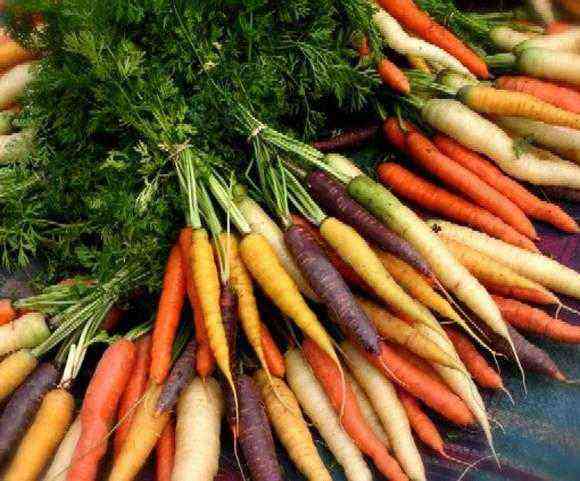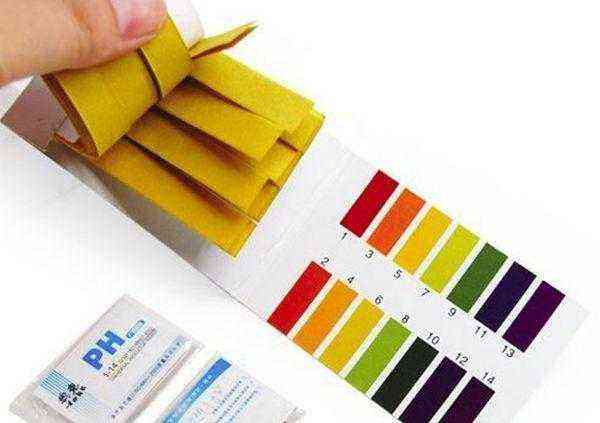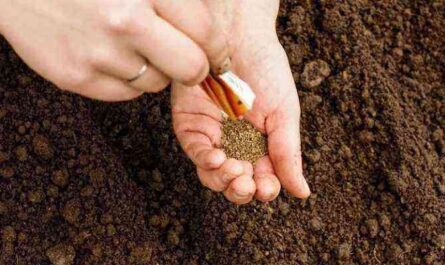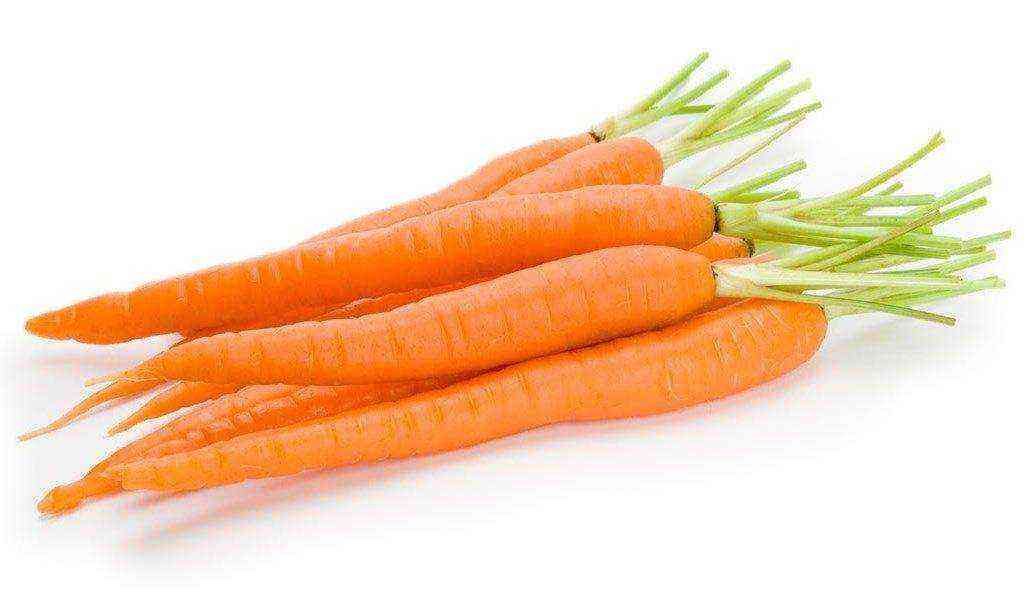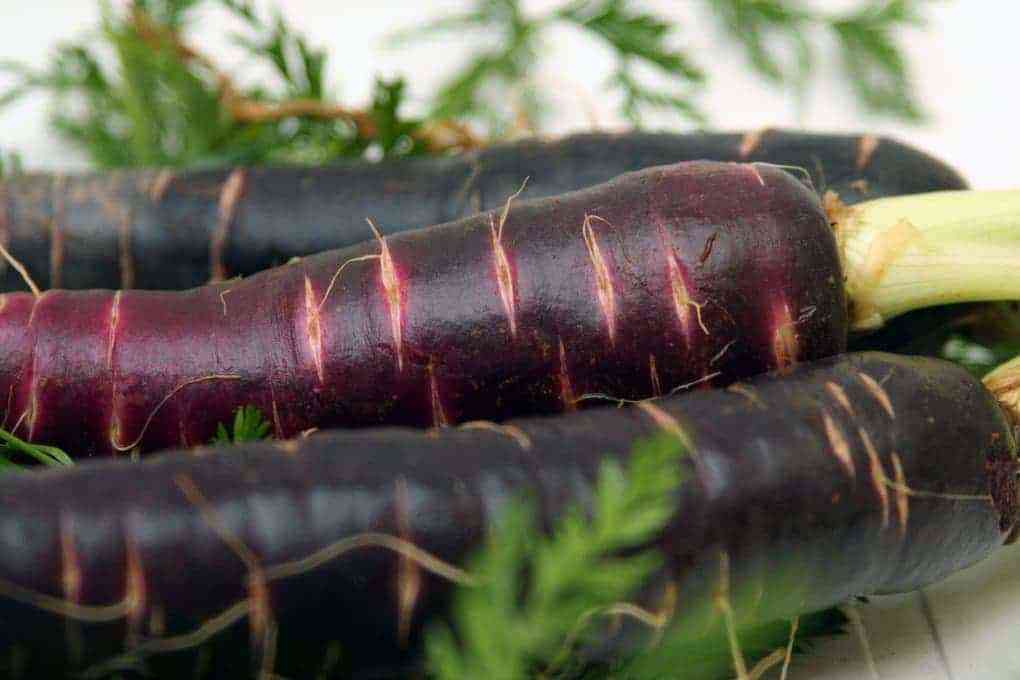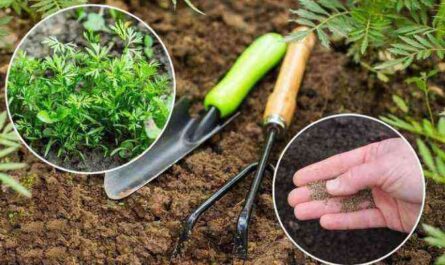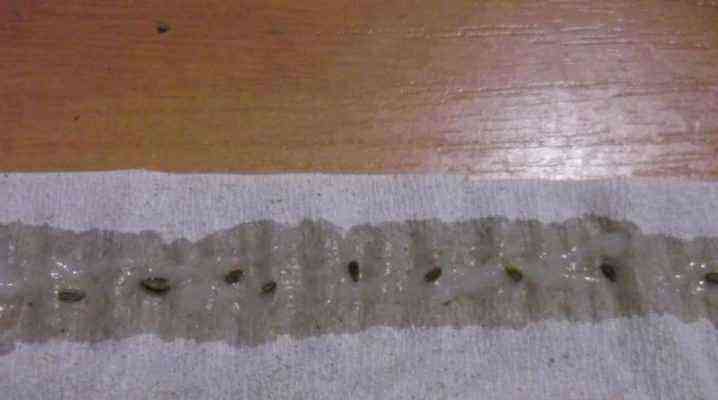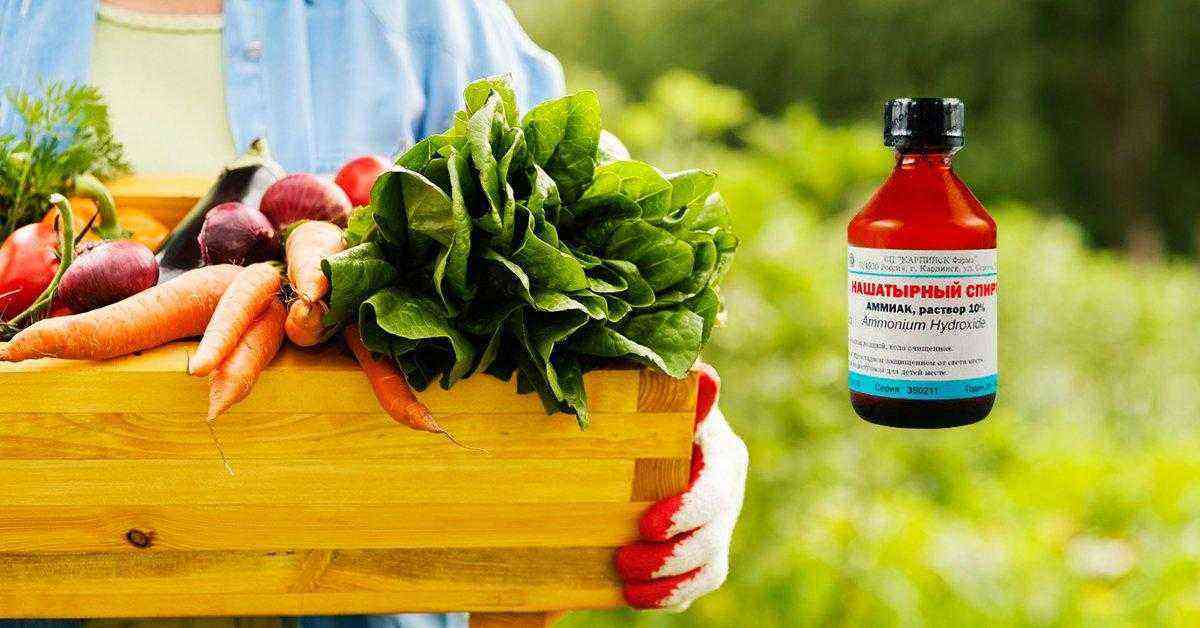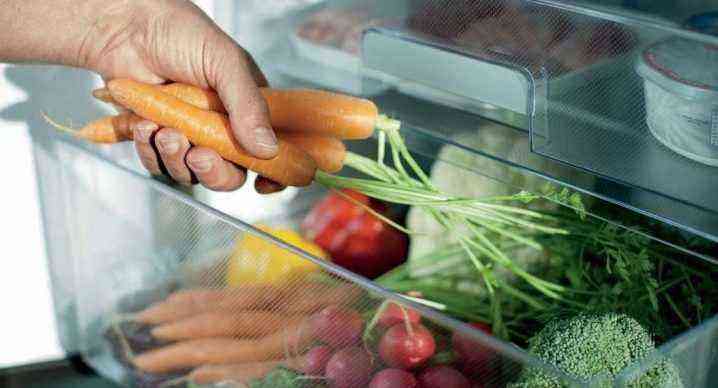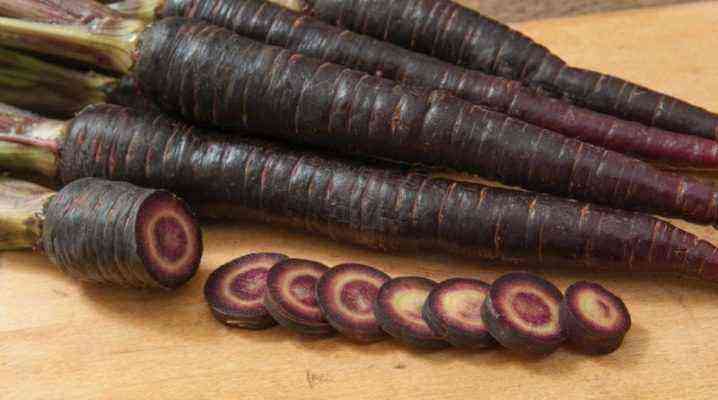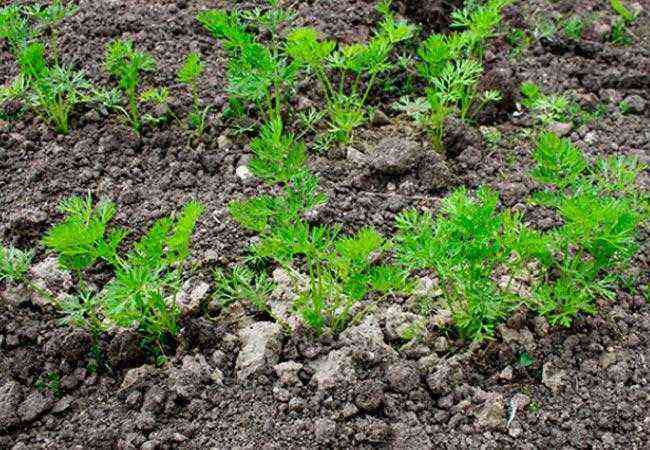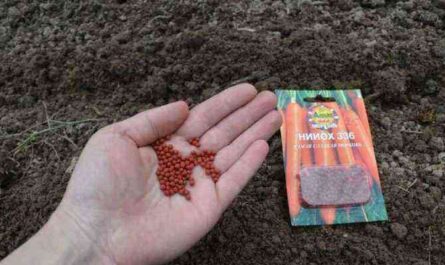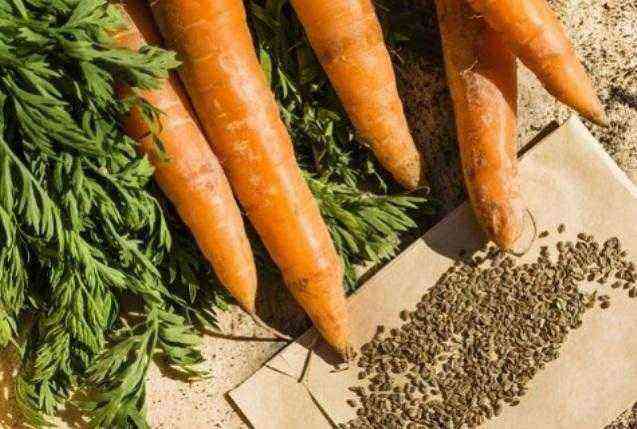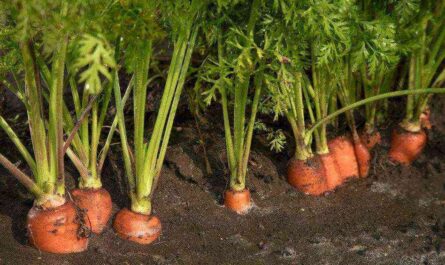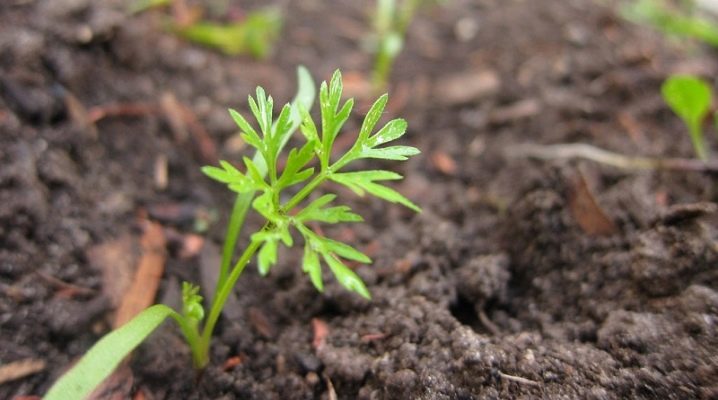
Hundreds of thousands of gardeners need to know everything about carrot seedlings, otherwise it will not work to grow seedlings at home. At the same time, many people are interested in whether it is possible to transplant it, and how it looks. It is also worth figuring out what she likes when planting in the ground in the spring.
How does it look?
Any seedlings of carrots in the garden go through several stages. First of all, shoots make themselves felt with two seed leaves. From below, they have a reddish or soft orange color. Only after some time does the first true leaf appear.
It is at this moment that you can take on the transplant; the tops are represented by fluffy twigs with a large number of very small leaves that are difficult to see separately.
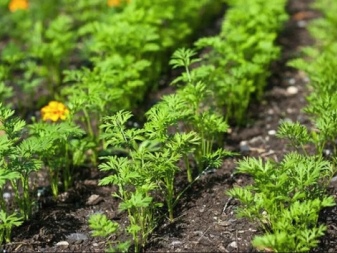
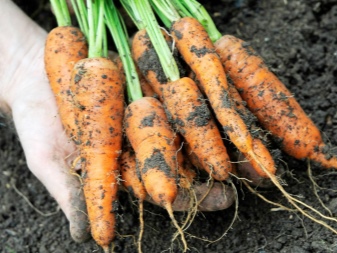
Cultivation
Growing carrots at home is a very difficult task, but with due diligence it will give a good result. A special problem is the subsequent transplant to the garden. You can partly insure yourself if you get good, strong seedlings with a high level of immunity. Sowing time is chosen taking into account the future timing of transplanting into open ground. At the time of such a transplant, the temperature should not be lower than -2 degrees; in addition to general climatic information for the region, a long-term weather forecast will be useful here.
If the seeds are prepared properly, they will turn into ready-made seedlings in about 30-35 days. In the first 20 days they germinate. It is believed that in the central zone of the Russian Federation the land is ready to accept carrot seedlings in the second half of May. The conclusion is simple – it is necessary to sow seeds at home in the first half of April. In the Urals, in the Far East, in Siberia and in the north of the European part, suitable conditions are created later. But there is an important nuance: if you use greenhouses, you can start planting much earlier. The result will still be good, provided that everything is done correctly. The choice of seeds for planting should be at your own discretion. However, it is necessary to clearly distinguish varieties by ripening time. There are a lot of early-ripening varieties, although the choice of varieties with different development dynamics is quite noticeable.
Seeds are recommended to be cleaned of nucleoli, which greatly slow down development. Disinfection is carried out either in potassium permanganate or in the Epin preparation. The processing time is 20-30 minutes. Attention: if any grains have surfaced, they should be discarded. Still, such planting material is unlikely to give a decent result. Normal loose sowing is allowed. But in this case, you will then have to deal with picking landings. The most correct planting of individual seeds separately. A distance of about 3 cm should be maintained between them. Seeds are buried by 2 cm.
Boxes with seeds are covered with polyethylene or a transparent film made of other material. Under such shelter they are kept until the seedlings peck to guarantee the greenhouse effect. It is very important to properly care for seedlings. After spitting the seeds, the film protection is removed. Watering is carried out only as needed, when the earth dries up.
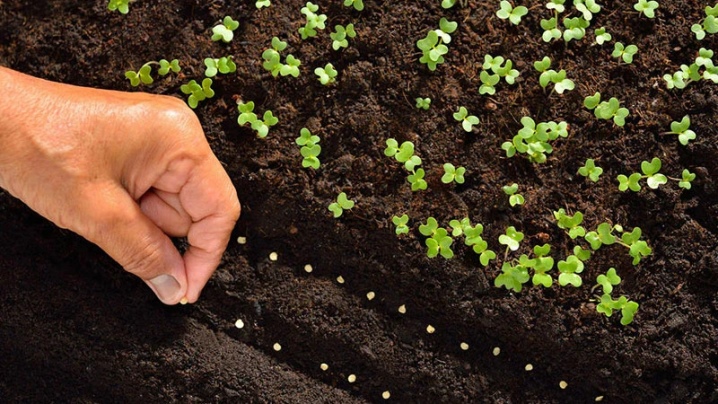
As soon as the carrot grows a little, it needs to be fed. In 5 liters of water for irrigation, dilute:
- 12 g of ammonium nitrate;
- 15 g superphosphate;
- 15 g of potassium salts.
Even the most diligent gardeners are often faced with a situation where carrot seedlings do not grow well. The reason may be the use of bad, overdried or exhausted seeds. But even the best planting material can upset people if it is planted incorrectly or at uneven depths. Also, the problem is related to:
- excessively low humidity;
- low quality substrate;
- the formation of a soil crust;
- low quality drainage;
- poor quality soil.
It is not necessary to use classic boxes. A fairly popular solution has now become the cultivation of carrot seedlings in the “snail”. The key advantage of the method is that it saves space. The supporting structure can even be placed on a regular window sill. The size limit is especially important in late winter or early autumn.
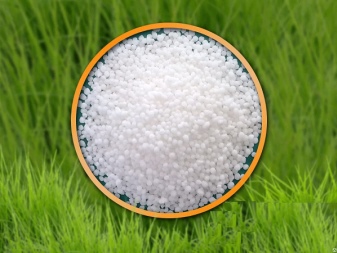
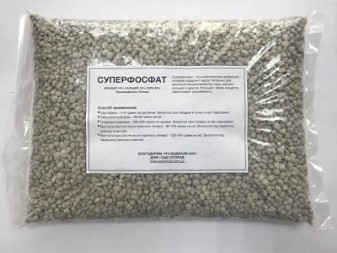
Growing seeds without soil allows you to keep your hands clean, and the whole surrounding area will be cleaner. Transportation of “snails” to the country or, in general, to a noticeable distance is quite easy.
It is worth considering that, contrary to the popular myth, there is no acceleration in the development of plants in them. In addition, the small size of the “snail” means that there will be little soil in it. And the roots of carrots really do not like limited space; the roots can get tangled in the paper, not to mention that they will be oppressed.
Another possible option is seedlings on toilet paper. This is an improvisation in the spirit of roll landings. Factory-made tapes are popular, but quite expensive. Do-it-yourself ribbons are created from paper that does not tear on its own, but quickly softens in the ground. As a basis, you can take both starch and flour paste. The strips should be 80-120 cm long. Longer sections are uncomfortable. A neater solution is to use perforated paper. Ribbons are required to be signed with an indication of the variety. Rolls with seeds are rolled up and placed in bags, which are stored in dry, dark places.
You can plant seeds in egg cells. The cardboard basis excludes evaporation of water. Trays are pretty easy to use. Over time, they themselves will decompose in the ground and will not cause damage to the natural environment. In this option, the use of fresh seeds is mandatory. Cultivation of seedlings in a cup or in a peat tablet is very effective. It allows you to get rid of the picks, which often create problems. The containers are filled with soil mixture, including:
- 10 shares of peat;
- 5 shares of sand;
- 0,1 share of wood ash.
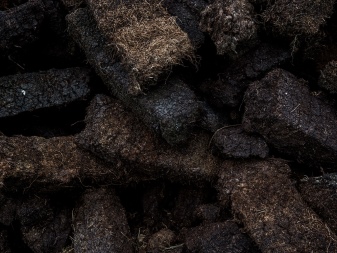
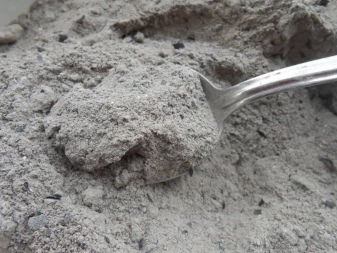
Transplantation in open ground
Despite all the difficulties, carrot seedlings can be transplanted, but everything must be done very carefully. The plant loses 85% of the root hairs during the procedure, and it should be helped in every possible way. Containers need to be watered abundantly. This will reduce the harmfulness when cultivating seedlings. In windy or dry weather, planting a root crop does not make sense. It is preferable to choose loam or concentrated sandy loam. The site should consist of loose soil, with excellent levels of aeration and moisture permeability. On a strong dense soil, the root crop cannot grow normally. The earth is dug up in autumn. Lumps do not need to be broken – they will freeze and disappear on their own.
When planting in the spring, the garden should not be dug up. During the autumn digging, mowed grass is laid there to better retain moisture.
It is worth emphasizing that in the spring this grass must be removed. The plant loves wood ash and special complex fertilizers. But fresh manure is hardly worth using.
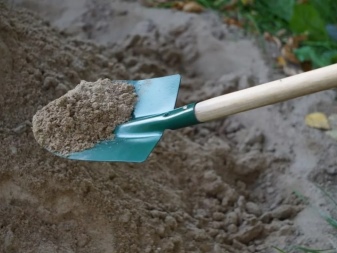
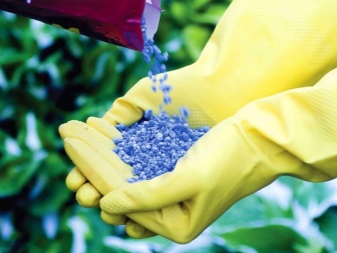
Instead, you need to use humus or compost. It is advisable to plant carrots after such predecessors as:
- zucchini;
- cabbage;
- squash;
- spinach;
- bow;
- celery;
- basil;
- potatoes.
At the same time, beets cannot be considered a good predecessor. And also you should not plant carrots where it was cultivated before. You need to choose the moment so that the frosts definitely do not return. You can not transplant when there is still no strong real leaf. A pick from peat tablets is not needed – they are planted immediately ready-made.
It is best to remove seedlings from individual containers with a long thin spatula. This minimizes the risk of damage. What is not less important, 30 minutes before disembarkation, it is necessary to water the ground. When disembarking from a common container, care must be taken to ensure that the roots do not get mixed up. An earthen ball should be saved and planted with it – for the best result.
